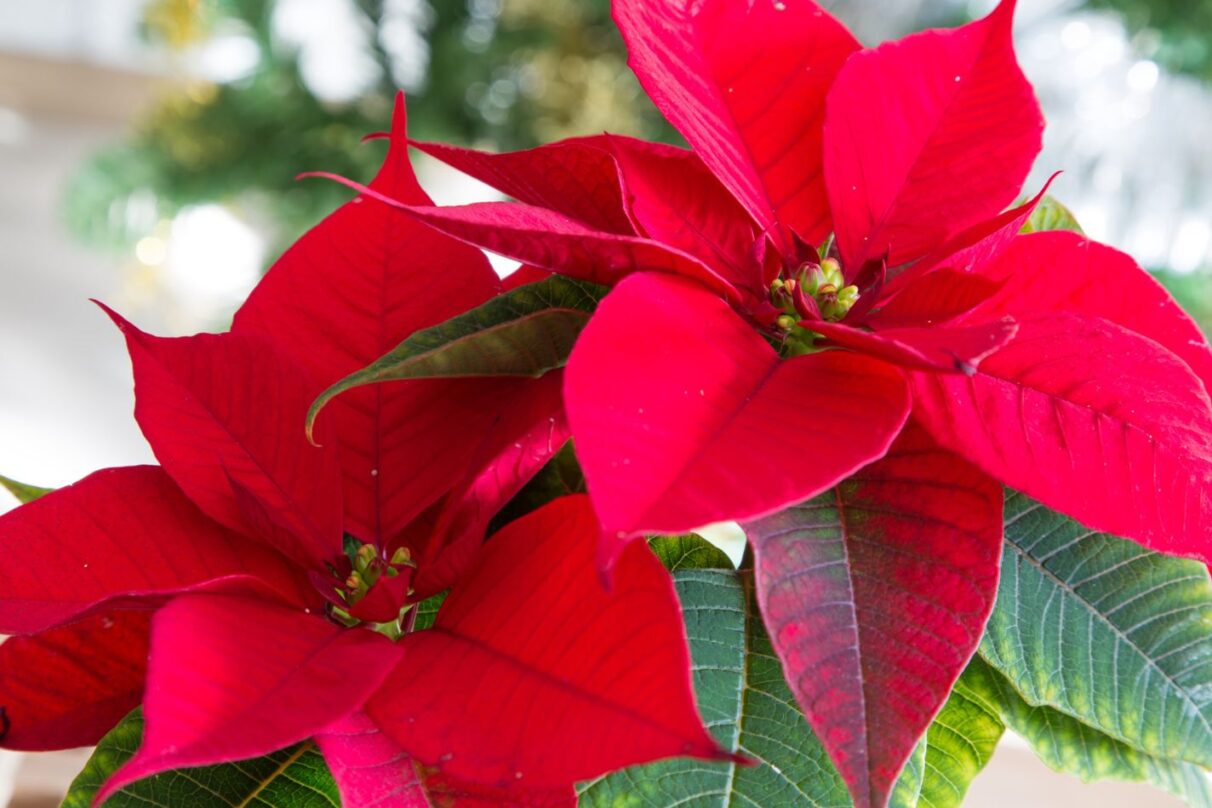

Did You Know Poinsettia is Originally from Latin America?
Poinsettia is as ubiquitous to Christmas as the Christmas tree or the nativity scene. Decorations all over have poinsettia motifs and it’s impossible to go anywhere in late November or December without stumbling upon poinsettia arrangements to celebrate the holidays. But what many don’t know is that the origins of the flower have nothing to do with the name it is widely known as.
Instead, poinsettias, which are indigenous to Mexico and parts of Central America, are only known as such because of Joel Roberts Poinsett. A botany enthusiast, Poinsett was the first U.S. ambassador to Mexico in the early 19th century. According to records, Poinsett came across the cuetlaxóchitl plant in Mexico, especially in Taxco, in the state of Guerrero. After becoming enamored, he brought it back to his home and started gifting it to friends. Within a few years, the plant started being sold with, of course, the name of the man who “made it famous” – Poinsett.
Of course, Poinsett did not “discover” the plant any more than Christopher Columbus “discovered” America. The cuetlaxóchitl plant had existed in the region for centuries and had been known by many names, though cuetlaxóchitl – the Nahuatl name, meaning “a flower that withers,” might perhaps be the most common one. The Aztecs used the flower as a dye, and also for medicinal purposes, mostly derived from the plant’s milky white sap.
The cuetlaxóchitl’s association with Christmas dates from the 16th century, when Franciscan friars used to decorate Nativity scenes with it. Mexican legend tells of a girl called Pepita who, on her way to church on Christmas Eve, realized she did not have an offering. Pepita then gathered some weeds from the road. When she placed them at the foot of the altar, they turned into the blooms of the cuetlaxóchitl – with the plant being known as “la flor de Nochebuena” or “the Christmas flower” from that point on.
So this holiday season, while you’re decorating with family, remember cuetlaxóchitl’s origin and how it’s part of our Latine history. Reclaim it.



